
From Hope to Heartbreak and Back Again: The Silent Struggle of Infertility in Kenya

By Pierra Nyaruai
Alice* lifts up her shirt to show me a bump that is just beginning to swell. She is five months pregnant, something that she celebrates every day. Five years since she tied the knot, this is the first time she is experiencing what it means to be pregnant. Hers has been a tear filled journey. She’s spent many years trying to answer endless questions from family and church members as to why her home was not filled with children’s laughter. She tells me she can map out the location of almost all fertility clinics around the country, since she has knocked on all the doors seeking an answer to her misery.
Alice’s problem is not a unique one. The Kenya Fertility Society[1] estimates that at least one in five couples in Kenya are either struggling with either primary or secondary infertility. Infertility is a medical condition characterized by the inability of a sexually active couple to achieve pregnancy or carry a pregnancy to term after one year of regular, unprotected intercourse; regular in this case being defined as at least thrice a week. Primary infertility occurs when a woman has not been pregnant at all, while secondary infertility means a woman has been pregnant at least once but has not been able to get pregnant again.
Infertility affects both men and women and can be caused by various factors, including hormonal imbalances, anatomical issues, age-related decline in fertility, and lifestyle factors. Infertility can be a challenging and emotionally distressing experience for couples, impacting their mental well-being and relationships. Even though the world is evolving and traditional gender role definitions are shifting, marriage and child bearing remain top priorities for many people.
“When one box is ticked, usually marriage, children are expected to come next, naturally. When this plan does not flow as expected, the frustration begins to set in. It is always the people around you who are asking when the juniors are coming, what the couple is waiting for or if they have one child, when the next one will come. It can be draining considering the questions come from every social circle, from family, church, friends and work. It is a loop you cannot escape.” Alice says.
It did not make sense the amount of unprotected sex they were having and why they were not getting pregnant. Alice was surprised when the doctor first explained the concept of ovulation to her. “I knew ovulation was a thing because I got my periods after a certain period, but this doctor was thorough. He explained the menstrual, follicular, ovulation and luteal phases. This was all news to me. Up to my 20’s, I just thought pregnancy was a penetration thing only!” she laughs. Men, too, have grappled with the weight of expectations and the yearning to leave a legacy, often battling the pain silently. Couples often experience a societal bias whereby the burden of pregnancy is placed on the woman. Men are also prone to infertility. *Brian is a 38 year old man living in Nairobi, Kenya. He has been married for 10 years, without children – his family has been just him and his wife. For the interview, his wife was the one who submitted his contact to us. Brian’s wife was on
[1] https://nation.africa/kenya/news/one-in-five-couples-suffer-from-infertility-new-data-shows-65990
contraception when they met and when they got married, they decided she should get off of the pill so that they could start a family. Over the next two years, they tried to conceive without success.
“We just assumed it was a result of her being on contraception. Growing up, there had been stories about how women can struggle with conception when they come off of contraception. After two years, we decided to seek out a fertility expert. Initially we went in to have her checked out. But her tests came out clear and the doctor wanted to test me too. Imagine my shock when I was told I was the reason my family was not growing. All this time I was the one shooting blanks. It makes me feel less of a man that I cannot do the one thing that proves my manhood. ”
His sentiments are a testament to just how much our society reduces a man’s worth to his ability to reproduce. Brian has azoospermia, a condition where doctors found no sperm in his semen; the World Health Organization defines that a fertile man ideally has between 20-250 million plus sperm per mililitre of semen. For Brian and others like him, he is at the far end of the fertility spectrum, where there is no hope of treatment.
Brian is not alone. A report by the World Health Organization estimates that one in six people globally experience infertility during their lives. As the numbers hone in closer, a study by KEMRI from 85 men across Kenya, 14 percent of the subjects also had azoospermia.This study might be small but the participants were picked at random in one of the busiest hospitals in Kenya, which could be a reflection of things happening to the general population. According to Dr. G.K Wahome, a practicing gynaecologist in Nakuru, his office and others like his are the first stop people make in their infertility journey. “There is an increased frequency in the number of couples who are seeking help to reproduce. It helps that reproductive health services are more affordable and they are more accessible than in the past.” A quick search on Google for fertility centers in Nairobi reveals at least 16 centers and in 2020, the Kenyan government introduced fertility treatment as one of the areas covered by the National Health Insurance Fund.
Accessibility is an important aspect in reproductive health rights. Agnes* is a 73 year old woman living in Nairobi. Her struggle with infertility came at a time where she could not access proper fertility care in Kenya. The number of fertility clinics was quite limited compared to today. During her 30 year marriage, her time was split between her work and traversing the world looking for fertility care. “I have done it all. Medical procedures, home made remedies from hearsay, rituals from waganga…I don’t think people understand how low you have to sink and how much you question yourself before you call on traditional medicine men to help you conceive. I live a comfortable life that could afford me the option to consult globally, so I sought help in other countries and I still could not get the answer I needed.”
The pressure to continue her husband’s lineage became too much and she had to cave to his demands to have a second wife. She still has no children of her own but her co-wife has four. Agnes has premature ovarian failure, a condition where ovaries stop functioning as expected before the age of 40, failing to release eggs and or produce estrogen.
“My mind continues to stew in negativity. My marriage is a three man show. I should be spoiling and fattening my grandkids and telling them stories. I feel like an outcast within my age group because even in our chama meetings, my friends always have a tale about their children and I have not related to them for years. I don’t think I ever will.”
Causes of Infertility
As families continue to throng fertility centers for answers, the cause of their troubles can be attributed to factors affecting either the male or female partner. For men, there is either low or no sperm in their semen. In some instances, it can be as mild as a lack of exposure. Alice did not understand basic things like ovulation, so she did not understand how to calculate the best time for conception. For extreme cases like Brian, short of a miracle, it is impossible to reverse the situation. For others, however, there is light at the end of the tunnel.
Oligozoospermia is a fertility condition where men have low sperm counts. This happens if a man’s semen has anything below 15 million sperm per mililitre of semen. Around the world, the number of sperm in semen has been reducing over time. This has been causing an increase in male infertility that is being experienced across the world. A recent study has been causing debate among experts on the state of male fertility globally. The situation is a cause for concern especially when the numbers are higher in a geographical area our country is located in. The ‘infertility belt’, aptly named, is a geographical Sub-Saharan region that spans from Benin, through Chad, Uganda, and Kenya to Somalia with a higher infertility rate than the rest of the world. The infertility belt experiences subfertility rates of up to 30%. These are much higher than the worldwide average of 8–12%. Sexually transmitted diseases are credited as some of the main causes of both primary and secondary infertility.
The causes of oligozoospermia vary from one person to another, but doctors have cited blockages that restrict sperm from leaving the body, genetic abnormalities and infections. Lifestyle choices such as high consumption of junk food, alcohol and drugs, little to no exercise and stress can reduce the sperm count in a man. Based on the study, this could be a contributing factor considering many people, especially in the urban setting, are practicing a sedentary lifestyle.
Dr. Justus Nondi, a fertility expert at Nectar Fertility Center confirms that in both men and women, sexually transmitted infections and diseases are one of the most common causes of infertility. The infections end up affecting the reproductive system and in some cases, especially for women, the damage can be irreversible. Gonorrhea, syphilis, chlamydia, and trichomoniasis are some of the most common sexually transmitted infections that end up causing reproductive issues. According to the World Health Organization, up to 85% infertility in sub-Saharan Africa may be attributed to untreated genital infections. A high prevalence in STIs is evident in Kenya, so much so that the country is just weaning off of the “Super Gonorrhea” an antibiotic resistant strain that was recently wreaking havoc.
In women, the causes of infertility are not just limited to STIs. Issues such as Urinary Tract Infections (UTIs) are often ignored but they can easily progress and lead to Pelvic Inflammatory Diseases (PIDs) which can make it hard to have a child. Urinary tract infections are not sexually transmitted. They occur when bacteria, often from the rectum or skin enters the urethra into the urinary tract.
Dr. Nondi categorizes the causes of female infertility into ovarian factors, hormonal factors and cervical factors. There can be other causes that are unknown. Ovarian factors that cause infertility include blocked fallopian tubes, genetic deformities such as being born with an underdeveloped or non-existent uterus, fibroids, endometriosis, polycystic ovarian syndrome(PCOS) and more. PCOS is a condition affecting the ovaries. It causes enlarged ovaries, sometimes with fluid filled cysts and an excessive production of androgen. Even though the exact causes of PCOS remain unknown, living a sedentary life and consuming unhealthy foods can cause hormonal imbalances that can accelerate the condition.
Esther Gichinga is a young woman who has been struggling with PCOS, a common hindrance to conceiving for women in Kenya. “While many women experience periods every 28 days, I used to get mine about four times annually. I went in for scans and tests that showed I had PCOS. Even though the doctor presented some recommendations like hormonal treatment to regulate my hormones and periods, we decided to try a lifestyle change first and see the results. We decided to cut out junk food, consume more indigenous foods and exercise more”. Her methodology paid off and she is currently four months pregnant.
Esther is part of the 15-20% of women globally who have been diagnosed with PCOS. The World Health Organization cites that even though 8-13% of reproductive age women have been diagnosed with PCOS , up to 70% of women remain undiagnosed. Women can also fail to conceive due to cervical factors, which include tight cervixes that restrict sperm access to the uterus.Other causes are illnesses such as cancer, birth related complications and injuries.
Treatment Options
As the battle against infertility intensifies, people in Kenya have weapons at their disposal that were not available in the past. A combination of fertility centers, the internet and a willingness to seek help are the starter pack driving many couples to improve their situations. Some of the avenues that couples are seeking range from lifestyle changes to InVitro Fertilization.
Lifestyle factors contribute to infertility, and many Kenyan couples have found success by adopting healthier habits. Dr. Nondi confirms that regular exercise, a balanced diet, and stress management techniques have shown positive effects on fertility outcomes.”Reduce the fatty fast foods, alcohol, caffeine and drugs. This can significantly help in managing both PCOS and a low sperm count.” Smoking and obesity are some of the two factors that highly contribute to infertility. Fat cells produce estrogen too, which leads to hormonal imbalances. Cutting out the junk food and burning calories can make a big difference.
Coupled with counseling and support groups, these changes can significantly improve a couple’s chances of conceiving. Looking through social media platforms, there are numerous support groups for people working on overcoming infertility. Some niche down to specific issues, such as PCOS and fibroids. These groups are beneficial to the members, not just as a support system but as a source of information for things like location of clinics, contacts and testimonials.
For women, hormonal imbalances can also be managed to help induce ovulation and eventually help them conceive. Common medications like clomiphene citrate can stimulate ovulation, enhancing the chances of conception. Dr. Wahome states, “Sometimes we prescribe things like Q-10 to help with cases of low sperm count.” Coenzyme Q10 (CoQ10) aids in converting food to cellular energy and is abundant in high-energy cells like sperm and eggs. Its levels decrease with age, and while some doctors prescribe supplements to replenish it, medical supervision is crucial due to potential side effects. Despite reservations from scientists about the efficacy of herbal treatments for hormonal issues, many still seek popular remedies like ginseng and arorwet at outlets like Harriet’s Botanicals and Healthy U.
For both genders, some forms of treatment can lead them under the knife. Corrective surgeries can address structural abnormalities that hinder fertility, including clearing fibroids, unblocking fallopian tubes, for reversing the effects of endometriosis, for unblocking various aspects of the male reproductive system and more. In Kenya, surgeries like hysteroscopy and laparoscopy are used to treat conditions such as blocked fallopian tubes, uterine fibroids, and endometriosis. These procedures have offered hope to many couples.
Another form of assisted reproduction that has been gaining popularity is Uterine Insemination (UI), also known as intrauterine insemination. Speaking on fertility treatment options at the Merck Conference, Dr. Wanjiru Ndegwa, an IVF expert says “We get the man to produce a sample of semen, we give it increased motility and then we insert it into the uterine cavity. This treatment option is not for everybody. If you have blocked tubes this won’t work. If your sperm count is too low this won’t work. If you have fibroids or other things that are interfering with implantation this also won’t work.” Doctors ensure increased motility of the sperm by concentrating it so that only high quality sperm is left. It is then placed into the uterus with a catheter (a thin tube), sometimes as far up as the fallopian tube. The process makes it easy for sperm to fertilize the egg by cutting down time and the distance it would normally take.
UI is often used when there are issues with sperm quality or what doctors refer to as ‘poor motility sperm’, [1] [2] [3] cervical mucus, or unexplained infertility. The sperm is assisted to travel into the uterus and fertilize the egg and in some instances, the sperm can be assisted to inseminate the egg directly.
When other avenues of assisted reproduction fail, most couples take the ‘test tube baby’ path. In recent years, In Vitro Fertilization (IVF) has gained popularity in Kenya as an effective infertility treatment. Kenya’s first IVF children were born in 2006. Even though there is no official registry for IVF babies, Kenya IVF, an organization that offers the services, estimates that at least 500 children are born via this method each year. Dr. Nondi explains the procedure as, “ first inducing ovulation, then we harvest the eggs, assess the highest quality and fertilize it with sperm in a petri dish then we introduce it into the uterus.”
IVF is one of the infertility procedures with the heftiest price tags. One IVF ‘cycle’, as the procedure is known, could cost upwards of Kes 450,000 depending on whether a woman uses her own eggs or eggs acquired from a donation. That said, couples can require an average of three cycles before a couple conceives. Even though the national health cover NHIF recently added assisted reproduction to its benefit list, only civil servants are eligible for it. To add to the burden, IVF services are only available in private medical facilities.
For a lot of couples in Kenya, the dream starts from a young age and when the dream fails to materialize, it charts a path to rock bottom. The journey to conceive has become cumbersome for many couples, with causes varying from a basic lack of sex education to hormonal imbalances and issues that require treatment through surgery. For women like Esther who have something to celebrate hers is the best way the story could end. For others like Brian, the options on the table are surrogacy or adoption. Even though this might mean giving up the prospect of having a child who is biologically related to the parents, it is a path that many couples have chosen to explore. Today, couples can walk into numerous fertility clinics and seek help from professionals. With some financial help coming in from insurance and some moral support from support groups, many couples are taking the journey one step at a time.
This story was written and produced as part of a media skills development programme delivered by the Thomson Reuters Foundation. The content is the sole responsibility of the author and the publisher

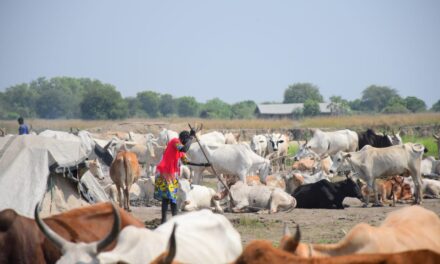
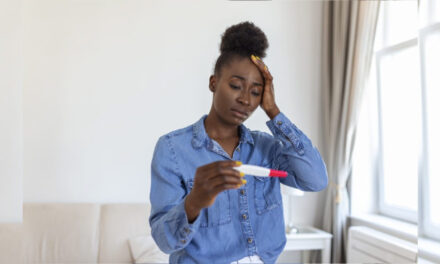
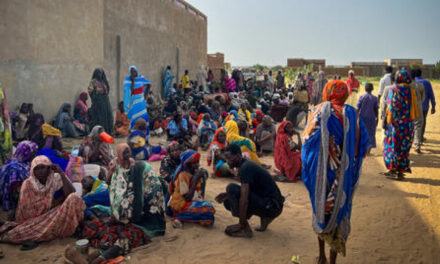


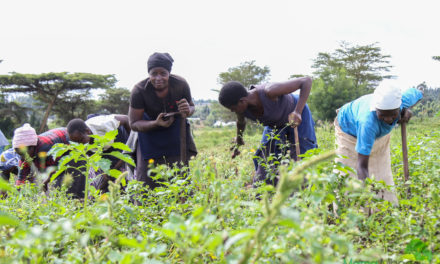


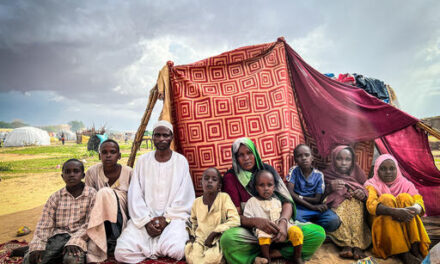
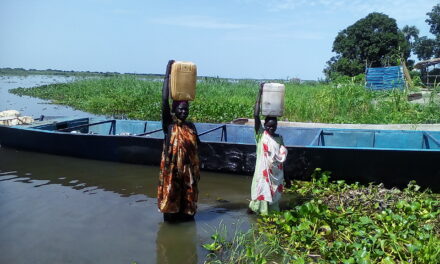




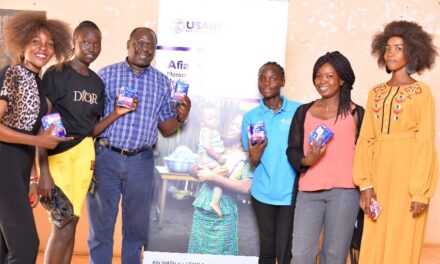

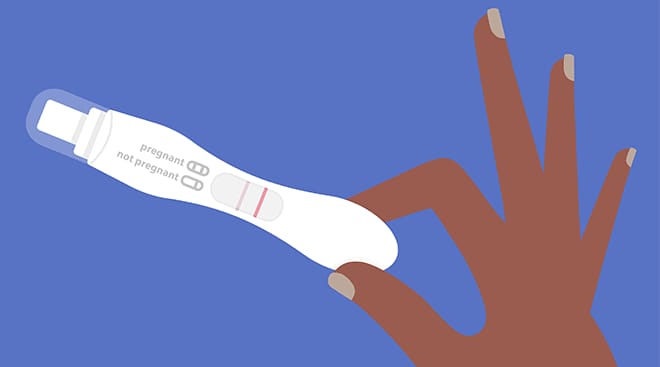
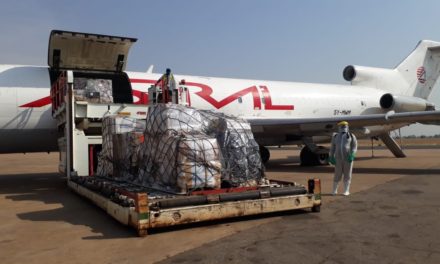
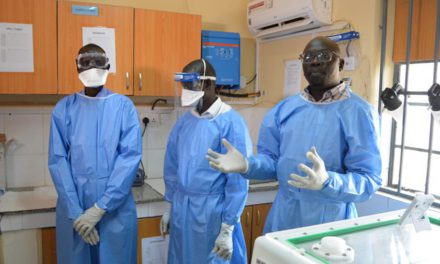

Recent Comments